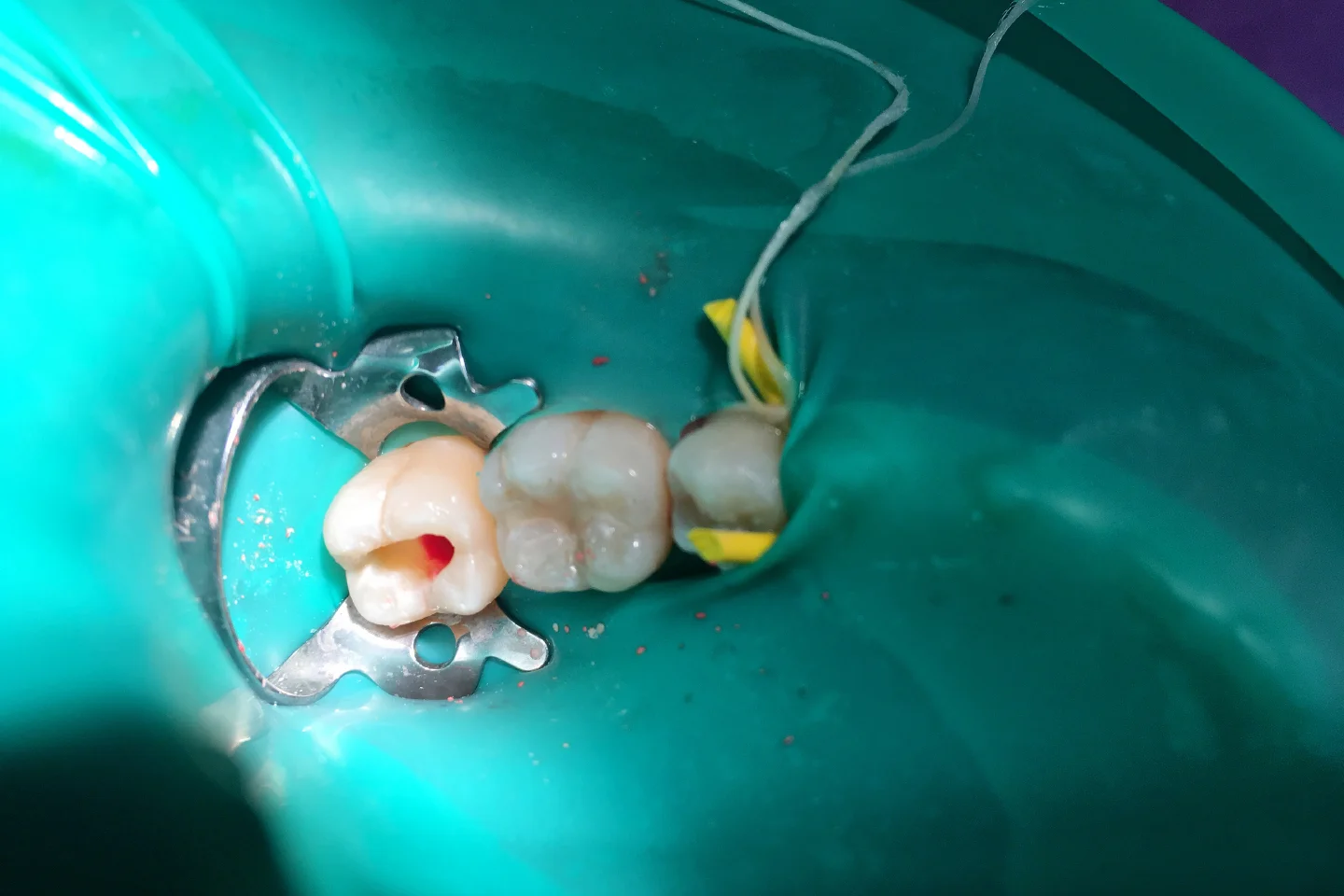Oral Diagnosis and Biopsies
Oct 08, 2023

An oral biopsy is a tissue sample gathered from an abnormality in the mouth and is sent to a lab to undergo further testing. The procedure would be required when a dentist cannot diagnose the problem by examination, X-rays, and symptoms alone.
Common Oral Diseases
There are a variety of oral diseases that the pathologist will test for, including:
- Oral cancer: Appearing as a growth or sore in the mouth that does not go away over time, oral cancer can affect the lips, tongue, cheeks, floor of the mouth, hard palate, soft palate, sinuses, and throat. Early detection is key for treating this disease, though most patients are diagnosed in the advanced stages.
- Leukoplakia: Thickened, white patches on your gums, inside your cheeks, the bottom of your mouth, or your tongue.
- Lichen planus: A chronic inflammatory condition that affects the mucous membranes inside your mouth. Lichen planus appears as white, lacy patches, open sores, or red, swollen tissues. The lesions are accompanied by burning or other discomfort. This condition needs to be closely monitored so that it does not turn into oral cancer.
- Mucous membrane pemphigoid: An uncommon autoimmune disease that may cause oral lesions of the gums, mucous membranes, tongue, soft palate, or hard palate.
- Pregnancy tumors: Raised nodules that may or may not be painful.
Other diseases, such as diabetes, Crohn’s disease, and heart disease, may produce abnormalities inside the mouth.
Oral Pathology
Oral Pathology is the specialty that identifies and treats diseases of the mouth and maxillofacial region. Diagnosis is completed through radiographic, microscopic, biochemical, and other in-office examinations. Oral pathologists provide biopsy services for dentists and offer clinical diagnoses based on their findings. Some of the diseases that oral pathologists diagnose include mouth and throat cancer, mumps, salivary gland disorders, ulcers, odontogenic infections, and others.
Platelet Rich Plasma (PRP)
Medical research has demonstrated that using our own blood cells accelerates healing and tissue regeneration in all forms of surgery. Specifically, platelets, plasma, and white blood cells are used for this procedure. The protein that is carried by the platelets is the magic ingredient that is being used in numerous private office settings for wound healing and various surgical procedures, including oral surgery.
As we only use innovative procedures in our offices and procedures, we routinely use platelet-rich plasma (PRP) in oral surgeries that involve hard and soft tissues derived from the patient. The plasma proteins are collected in the office in a short procedure that only takes a few minutes. The use of PRPs in surgery ensures that the patient has the best opportunity to successfully heal from their surgery. For patients who have a history of complications arising from hard and soft tissue regenerations, PRP is instrumental in surgical success.
Biopsy
Throughout the medical field, a biopsy is simply the removal of a tissue sample to determine if it is the disease. In dentistry, teeth and gums are sent for biopsy. The role of a biopsy in the dental industry is to diagnose oral cancer. In these instances, a brush biopsy is used to identify oral lesions that warrant further attention.
If you have unexplained lesions in your mouth, they need to be examined by a dentist. They may or may not be cancerous, but they need medical attention nonetheless.
Types of Oral Biopsies
Depending on the abnormality in your mouth, there are six different ways to perform an oral biopsy:
- Aspiration: A needle and syringe remove a sample from within the lesion.
- Brush: Firm pressure is applied on a circular brush while it is rotated to pick up cellular material. The sample is then transferred to a glass slide for observation under a microscope.
- Excisional: If a lesion appears benign during an oral exam and is smaller than one centimeter, this type of biopsy removes the entirety of the lesion.
- Incisional: For larger lesions, a sample is taken from more than one area.
- Punch: Using a circular blade attached to a pencil-like handle, the instrument is rotated through the lesion. The biopsy yields a circular bit of tissue that is then sent to the lab for further testing.
Contact Us
We encourage you to call us at (209) 924-4089. For directions to the office, please click the map below. If you have any questions or comments, please feel free to get in touch.
Ripon Dental
1222 W Colony Rd, Suite 140, Ripon, CA 95366 US
Proudly Serving: Ripon, Manteca, Salida, Modesto, Riverbank, Del Rio and other surrounding communities.
Schedule Your Visit!
*First Name
*Last Name
Your Email
*Phone Number
*Preferred Appointment Date & Time
*Comments
I allow this website to store my submission so they can respond to my inquiry. (Requested time is not final until you receive confirmation from our office)







